Features of medium size sand

Sand is one of the most popular and common building materials. It is used to perform a large number of different jobs. At the same time, not everyone knows that there is a wide variety of categories and groups of sand. In this article, we will talk about medium-sized sand and analyze its distinctive features and properties.
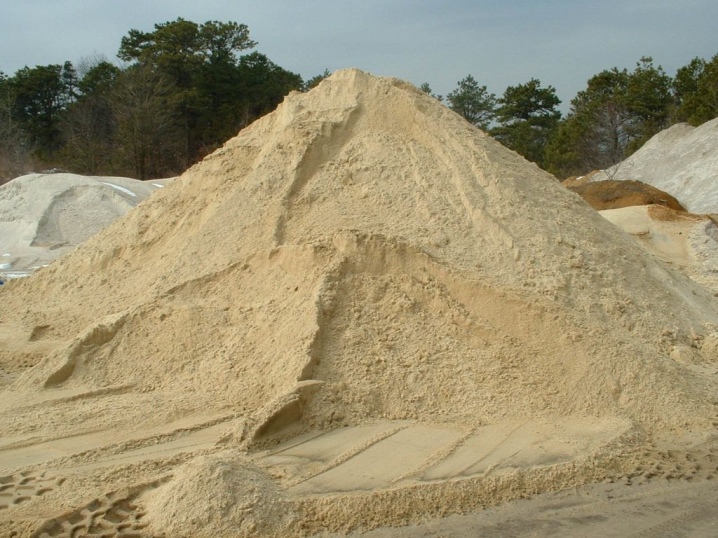
Specifications
Exists several types of medium-sized sand. For example, there is a classification that is based on the method of obtaining it. Depending on this characteristic, natural sand can be natural, crushed, fractionated, quarry, alluvial, marine. This type of medium-grained material is called such because of the size of the grains of sand (fractions), the indicator of which is in the range of 2-2.5 mm (these data are recorded in the official and generally accepted GOST document).
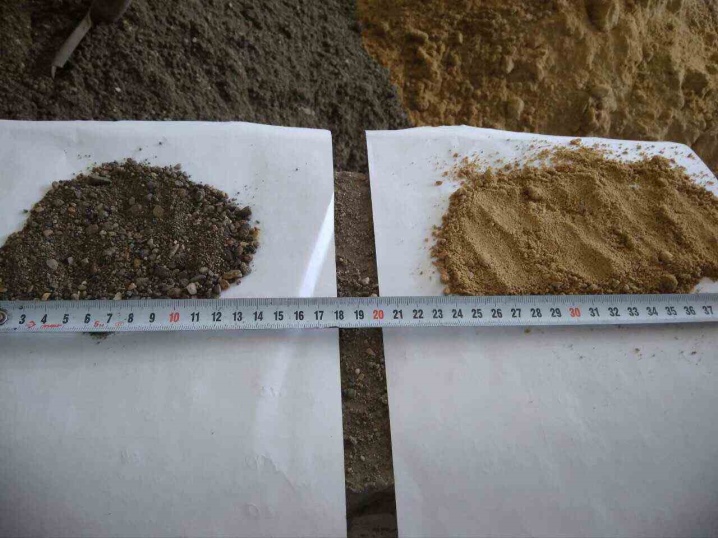
Specialists also distinguish classes I and II natural material of medium size. The material class depends on the content of grains of different sizes.
In order to most correctly determine this indicator, specialists carry out the sifting procedure.
So, for medium sand, the residual amount should be about 30-40% of the total volume.
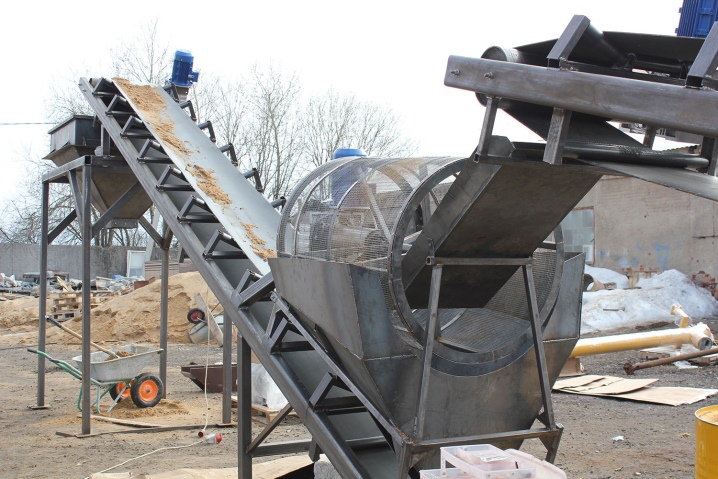
Medium-grained sand (like other varieties of similar material) has distinctive features and unique characteristics. So, for a material of this type, such properties are of great importance as:
- maximum bulk density (in the range of 1500-1700 kg / m3);
- specific gravity (indicator 2.55-2.65 kg / m3);
- bulk density (characterizes the material in its natural state, 1.5-1.8 kg per m3);
- deformation modulus (can be 30, 40 or 50);
- filtration coefficient;
- elasticity (120 MPa);
- the compaction index (is of great importance during the performance of repair and installation tasks, is about 0.95-0.98);
- angle of internal friction;
- porosity (sand can be dense, loose or of medium density);
- clutch;
- design resistance;
- size model, grain size composition;
- the presence of unwanted impurities and others.

The above-described individual characteristics and properties of such a group of sand as medium-grained material, suggest its use not for all repair, construction and installation work.
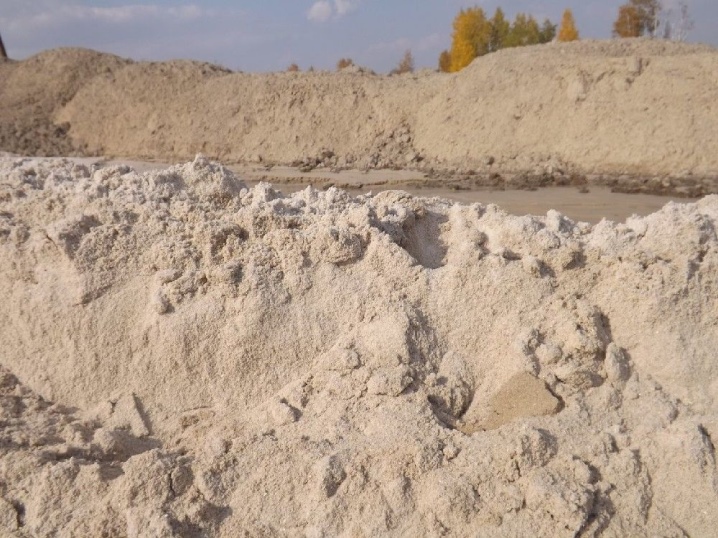
In addition, it is important to consider other characteristics of medium sand:
- environmental friendliness (thanks to this indicator, sand can be used without fear for your health, as well as for the health of those people who will use products made from sand);
- fluidity, which contributes to the filling of voids (which is why the material is in demand in the construction industry);
- lack of unpleasant odors (the material can be used even inside residential premises);
- the material does not burn (this property increases the safety of using the material);
- durability (products, in the manufacturing process of which medium-grained sand was used, will last for a long period);
- not affected by fungi, does not rot;
- strength and reliability.
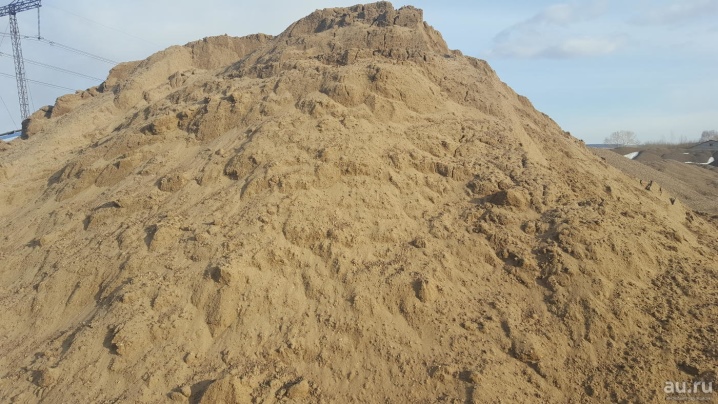
Production methods
Today, natural material of medium size is mined in several ways. Let's take a closer look at the main ones.
- Open way. This method of sand extraction is considered natural. The material is obtained from quarries.Moreover, such quarries should be located above sea level and in areas where there is deep groundwater.
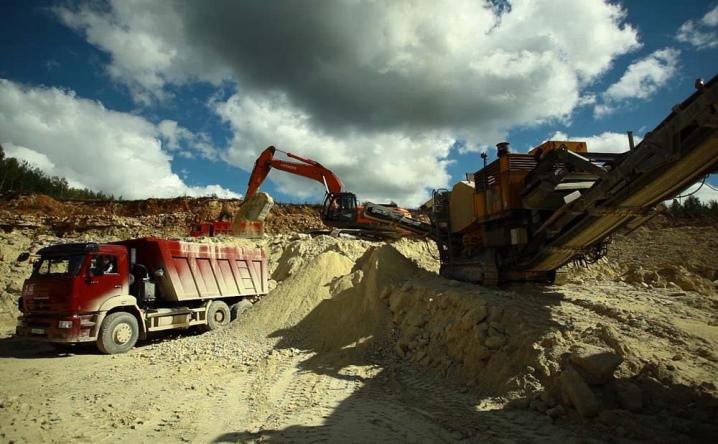
In order to obtain medium-grained sand by the open method, it is necessary to use special equipment: excavators, bulldozers, dump trucks, devices for cleaning sand from the smallest components.
- Underwater... As you might guess from the name of this method, sand is obtained from the bottom of various bodies of water: for example, seas, lakes, rivers.
As in the previous case, to obtain sand, you should use specially designed devices and mechanisms - dredgers.
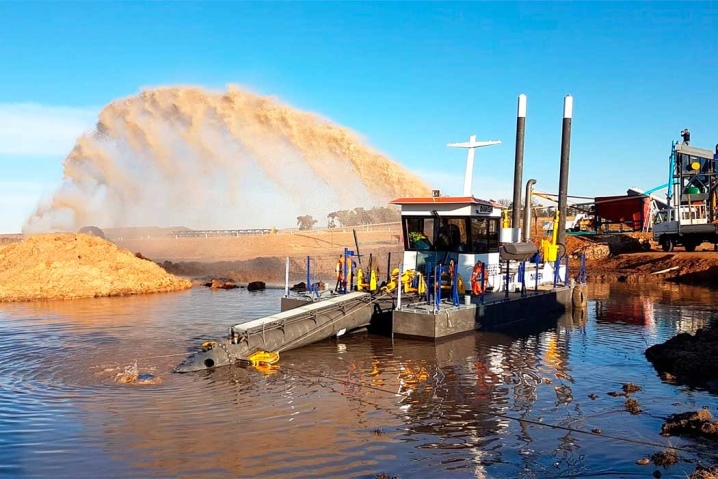
They are usually installed and secured to flotation devices or pontoons. The principle of operation of dredgers looks like this: soil from the bottom of reservoirs is absorbed with water (hence the name of the mechanism), and then it is crushed and fed to storage sites. In this case, water, which is automatically pumped along with the sand, flows back into the reservoir.
The types described above are considered the most common. However, if additional technical possibilities are available, provided that the climatic conditions are suitable, another method can be used to obtain sand. So, in the process of its implementation in an open pit, natural material is washed with specialized mechanisms and apparatuses (or the pit is filled with water), and then sand is extracted underwater method.
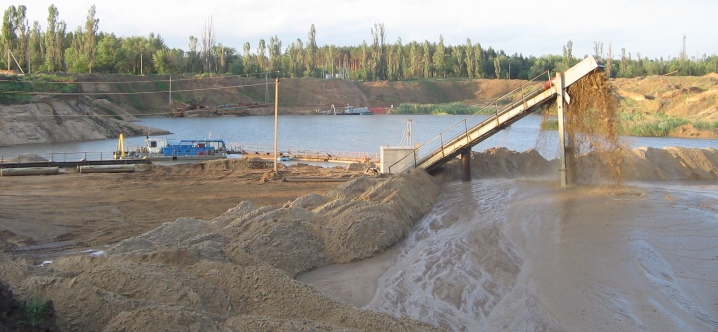
Using one or another method of obtaining building material, you can get one or several types of sand, namely:
- Seeded (this material is obtained if, during mining, sand is simultaneously separated according to the size of grain fractions);
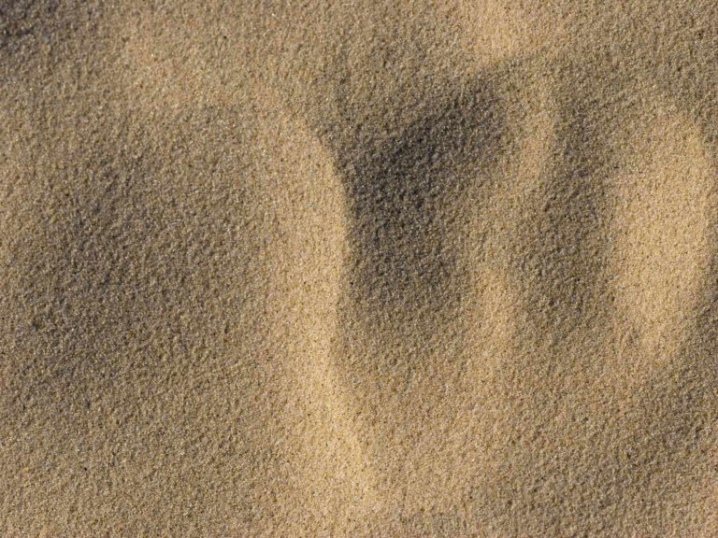
- Alluvial (sand in this category is considered the cleanest, which is possible due to the use of several stages of washing);
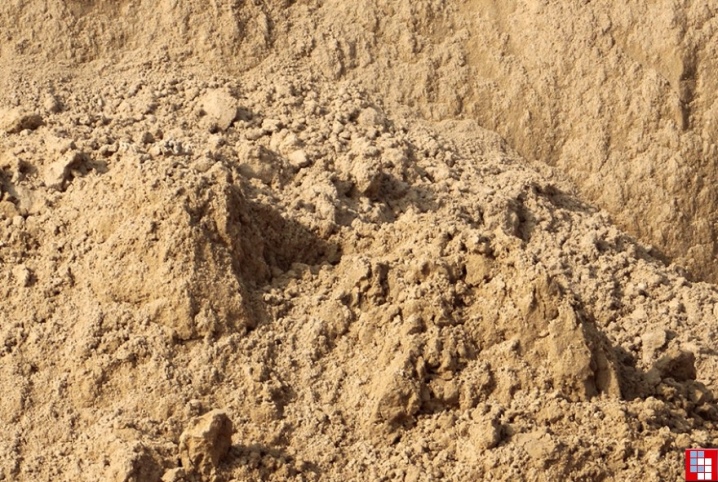
- Ground (Such material can be obtained by direct shipment without any additional processing).
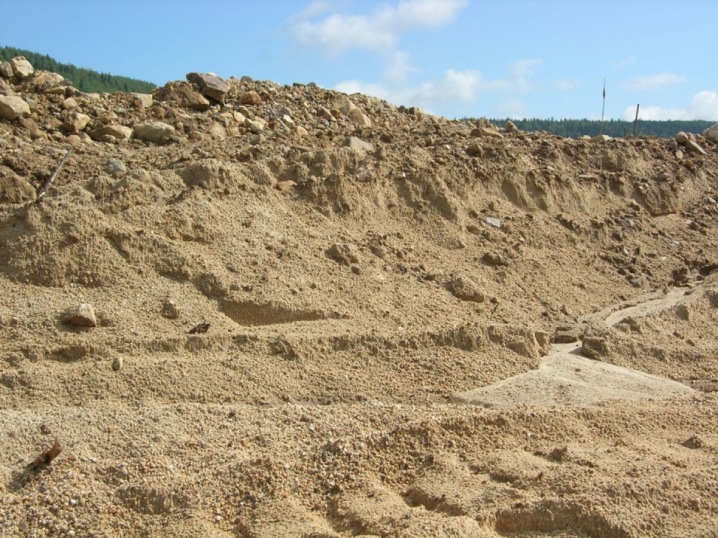
It is worth keeping in mind the fact that depending on the place and method of extraction, as well as on the specific type of material, its cost can vary significantly.
Areas of use
Medium-sized sand can be used in a wide variety of spheres and areas of human activity. At the same time, the use of natural material may differ depending on the method of its extraction and the direct type:
- soil material is used in the process of filling roads, highways, as well as for drainage and improving the composition of soils;
- seeded - used during repair work (for example, for the manufacture of various types of concrete and reinforced concrete structures, plastering compositions and much more);
- sand can be used in park and landscape design (for example, to create various kinds of decorative compositions).
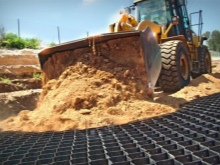
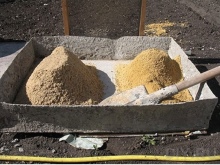

Thus, you should be as careful as possible in the process of choosing, purchasing and using medium-grained natural material.
Control, rules of acceptance and shipment
After the material has been mined, it is necessary to take care of several more stages, namely: control its quality, as well as the procedure for its acceptance and shipment.
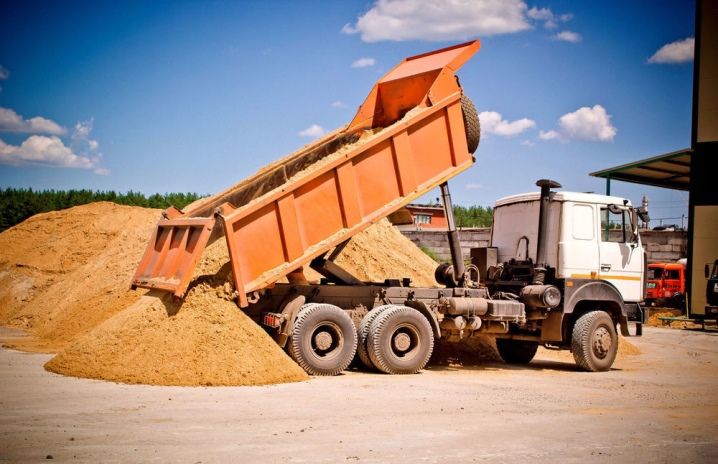
So, in the process of carrying out the so-called acceptance control it is necessary to correctly determine all important material properties: composition, presence of various impurities, other characteristics. And also important test sand, during which such properties as bulk density, radionuclide efficiency and others are revealed.
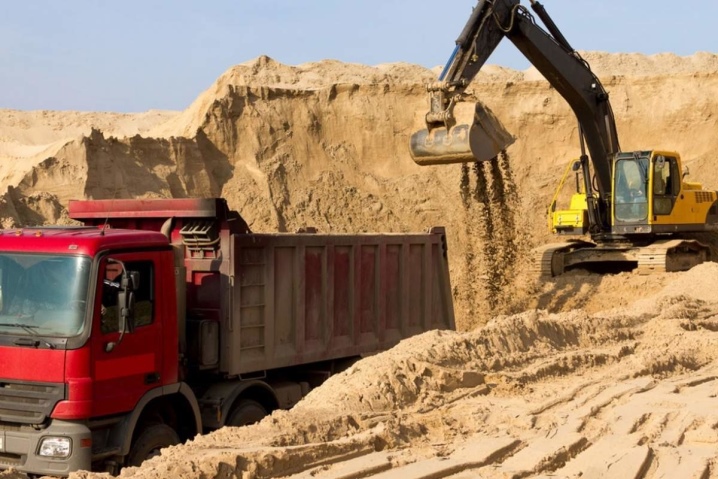
It is important to note the fact that all these verification activities are carried out in relation to each batch.
It is necessary to take into account that all requirements comply with GOST, international and state standards. As a result of such checks, the sand receives a certificate of conformity and a quality certificate. Such documents contain information such as the manufacturer, batch number, and the like.
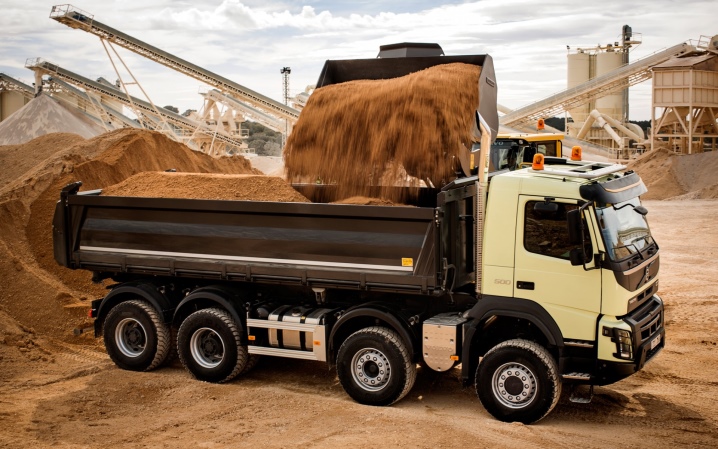
In the process of shipment of sand, the material is necessarily measured by volume and weight. To make such calculations, the corresponding indicators of the vehicle on which the sand was brought are used (for example, a body, hold or wagon). To determine the mass, use special scales.
Storage
Storage of medium-sized sand should be taken as seriously and responsibly as possible.
The material should never be left open to the air - it should be stored indoors.
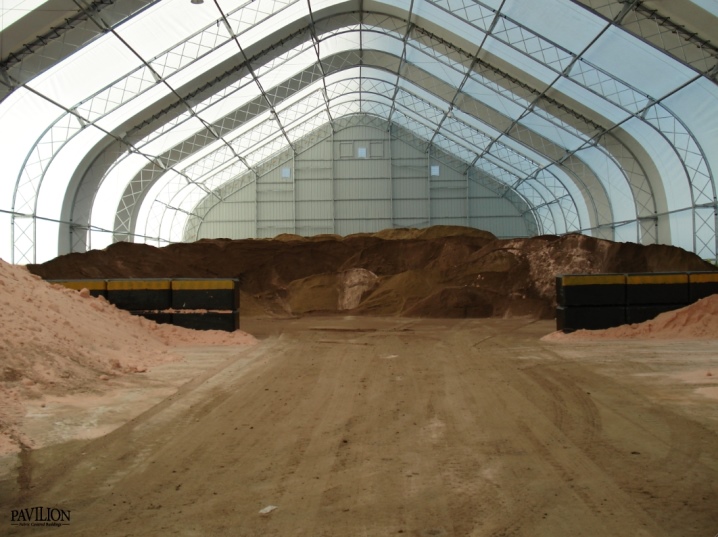
At the same time, depending on the amount of sand, just pour or place in various containers... In this case, it is imperative to protect the material from moisture (for this, it is necessary to control the moisture level), as well as from contamination.
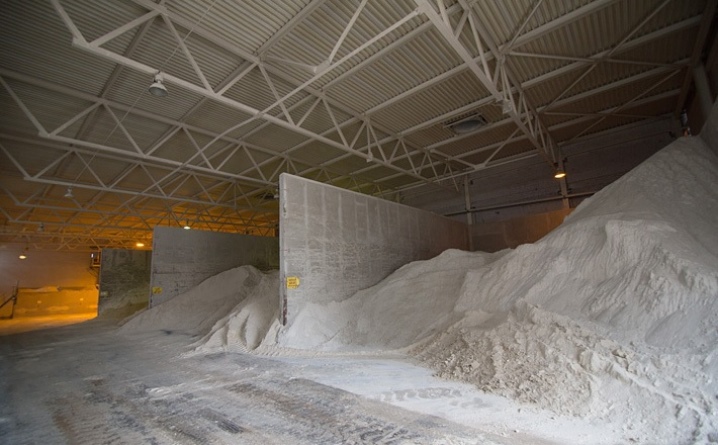
It can be concluded that medium-sized sand is an important and demanded material that is used in various spheres of human life (since it has a set of unique characteristics). However, it is very important to carefully and responsibly approach the process of selecting and storing this natural material.
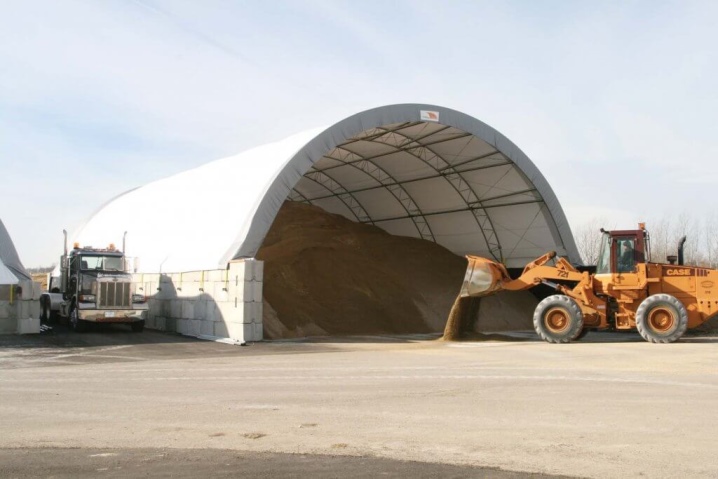
The video below shows medium-sized quarry sand.













The comment was sent successfully.